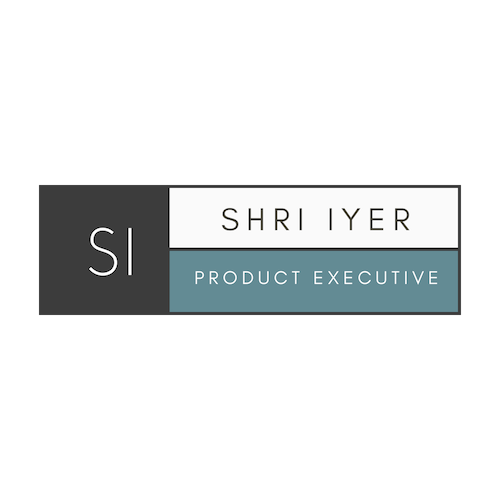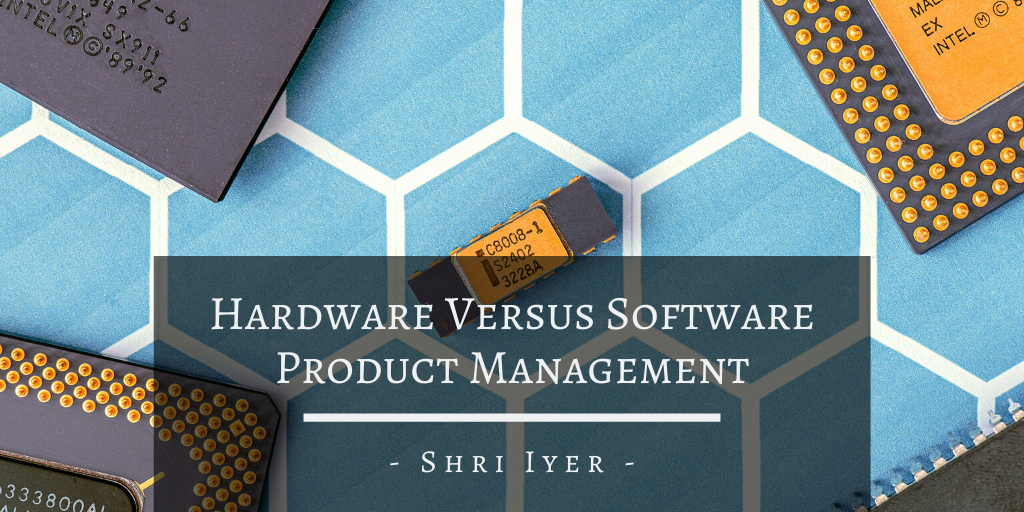In recent years, waves of professionals have tried to break into the field of Product Management. Particularly in Silicon Valley and the technology space, many management, marketing, and design experts are pivoting to try their hands at directly influencing the Product world. For hiring managers, this requires consideration of new standards of success in the PM role. However, standards across different PM disciplines still see their fair share of bias and misconception. Besides the previously-mentioned Enterprise and Consumer Product Management stereotypes, apparent differences between Hardware and Software Product Management can quickly muddy the waters for applicants.
In some ways, it’s reasonable to believe that Hardware and Software PMs live in two different worlds. After all, hardware can include physical items ranging from servers and database machines to Fitbits and lamps. In contrast, pure software includes SaaS and cloud systems, virtual shopping carts, and digital solutions.

The critical difference between the two disciplines shows in their trade crafts—in essence, the fundamental principles and frameworks are the same for Product Managers in either camp. What differentiates it all, though, is how PMs take the product to market, define and track metrics, and optimize the whole conversion cycle around acquisition, engagement, adoption, monetization, and retention.
Movement across the two disciplines is undoubtedly possible—in fact, it just might be beneficial to bring new ideas and theories to the table—but hiring managers must understand that this movement is a good thing. It’s untrue that a lack of experience in specific trade crafts inherently means a lack of success. Part of this misconception stems from the once-stark differences between Hardware and Software fields, but at the end of the day, it all ties back to misconceptions about domain expertise as a necessity for prospective PMs.

Of course, there are plenty of tangible differences between the two disciplines. When presenting on the newfound ease of hardware creation at 2015’s August Product Tank, Solu CEO Kristoffer Lawson highlighted decreased costs and increased integration for hardware/software compatibility. At the same time, he pointed out that innovation is changing: “People are not doing photo-sharing travel apps anymore. They’re doing gadgets.”
In this sense, PMs should be prepared to work in the physical and digital spheres when taking on a product. However, that doesn’t mean PMs have to have extensive expertise and experience in hardware and software. Andrew Dupree, Senior Product Manager at KeepTruckin in San Francisco, suggests that Hardware and Software PMs have similar jobs. The critical difference, he says, is that Hardware PMs must consider a broader scope.
“Instead of starting your sequence of events at a webpage or an app onboarding page, you also have to consider the whole physical world,” Andrew Dupree writes. By this, he means considering lights and visual cues for booting up the device, installation, packaging, and other factors that can directly influence whether or not a customer walks or scrolls past your product. From this, it is reasonable to see that Hardware PMs experience additional challenges. However, claims that it’s “easier” or less involved than Software Product Management are unfounded.
Consider one of the significant challenges for both product types—frequent updates. It’s difficult to update hardware, as it’s time-consuming and requires collaboration with third-party vendors and manufacturers. Even so, consider the challenges of weekly or monthly updates to software systems. Knowing when to update is difficult in hardware, but actually updating is something that requires constant vigilance for software teams.
In addition, software prioritizes big data to understand consumers better. Silicon Valley Product Manager Icaro Vazquez says that the lack of physicality with software products means PMs and developers are increasingly reliant on data. This data must be gathered and synthesized before teams make any big decisions about what to change and how to change it. On the other hand, Hardware PMs may find themselves traveling, visiting directly with customers who have used the product.
To break this stigma of hardware versus software, consider the Fitbit. It’s a physical device, a bracelet, that records and tracks health and wellness data. At the same time, it uses an app interface to store and synthesize that data. A PM working on this device—or any similar device—will be working at the intersection of Hardware and Software Product Management.

What does this mean for hiring managers? It means that the world and its hiring factors are evolving. Back in the day, infrastructure used to be the defining characteristic of PM disciplines. If someone at Amazon or Google only knows about the technical delivery of products, that’s Technical Product Management, an area that isn’t quite as suitable for Software Product Management. Today, though with the intersection of physical devices boasting IoT capabilities, it’s easy to find work that blends concrete and abstract concepts.
Which requirements are the important ones, then, for Product Managers moving within or between Hardware and Software spheres? Pandora Senior Product Manager Ross Yesikov analyzed several job postings for PM positions on LinkedIn and found that some of the requirements didn’t feel relevant: technical acumen, data-driven mindset, and A/B testing experience being just a few.

What is relevant? According to Yesikov, it’s creativity, the ability to communicate, and a drive to act. In the end, then, it’s not about skills necessarily—it’s about excitement and motivation as they drive performance.
While switching between Hardware and Software Product Management can involve a learning curve, that’s present in any shift between jobs, businesses, products, and industries. Even if a Product Manager lacks technical expertise within a niche, product chops and drive encourage PMs to learn and grow. As industries and global markets continue to change, hiring managers must be willing to adapt. And, that might mean hiring a Software PM for your latest hardware project. If they’re skilled at what they do, they’ll be a great PM no matter the product!

